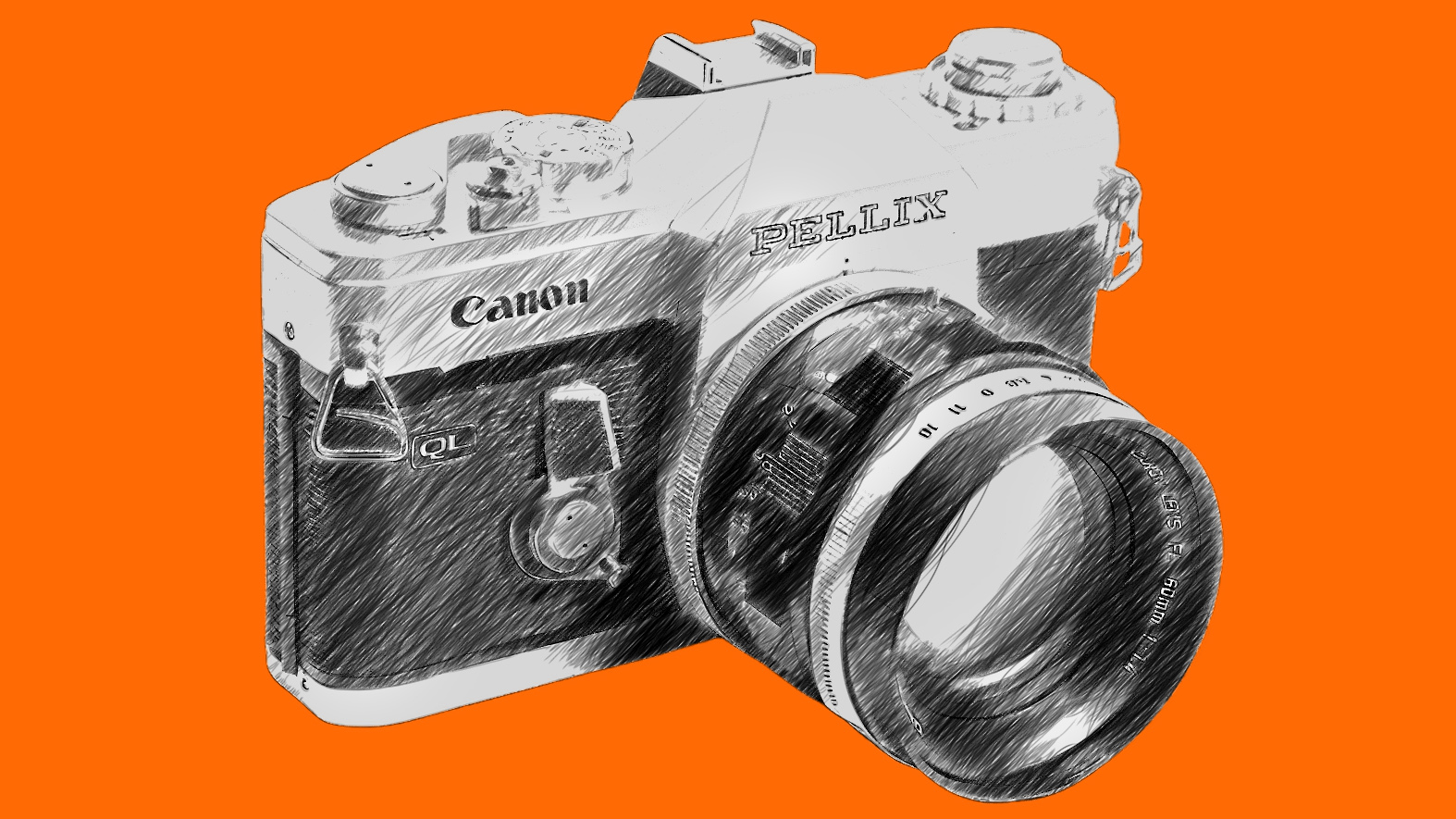I’m VERY squeamish – I didn’t need to know that blood can be used to develop film photography, yet here I am…
Apparently, you can use blood to develop film photography. Yuck, yuck, yuckety YUCK!

Who needs to know you can develop the camera film using blood? Not me! I’m extremely squeamish. I only just managed to get through the recent critically acclaimed horror, Nosferatu, because it has the best cinematography I’ve seen in a long time. And when a friend once suggested I watch Midsommar, I felt weird for days. Grisly modern horror just ain’t my bag. And it’s because of all the blood!
So, a huge thank you to Vancouver-based fashion photographer, YouTuber, and Instagrammer @yhanson_photography – seriously check out her work, it’s fab – for uploading a Reel and a YouTube video describing how you can develop film using blood. And an equally big thank you to Digital Camera World Editor in Chief, James Artaius, for gifting me this darn article to write.
Very funny, James…
Not only does Yvonne explain why blood is a suitable developing agent, but she’s only gone and done it herself! That’s right, she’s created a series of film photographs developed with blood.
The idea originates from a publication called The Film Developing Cookbook (1998). According to Yvonne, it touches on the subject that anything organic can be used to develop film. So, together with fellow YouTuber, Learn Film Photography, an experiment was devised to test this theory alongside various substances including… blood.
The red stuff in question was pig’s blood and the whole thing was treated like a rather scientific experiment. Over 200 frames of Ilford HP5 Plus were used over 2 identical setups, with photographs captured at 5 different exposures from -2 to +2 stops. This enabled the photographers to better compare each substance, including pond water, moss, and even urine (double yuck!).
I’ll let you watch the whole video to witness the development stage. But suffice to say, it does work. And yet, I still think I’ll be sending my film off to the developers.
The best camera deals, reviews, product advice, and unmissable photography news, direct to your inbox!
This reminds me of the time I learned that the abstract photograph on Metallica’s Load album is a mixture of blood and another bodily fluid that’s, well, a little too much for a photography website.
On that note… bye!
You may also like...
If you have a penchant for the macabre, I photographed five frightful images for Halloween. If you're into film photography, check out the best film cameras and the best light meter for photography.

Mike studied photography at college, honing his Adobe Photoshop skills and learning to work in the studio and darkroom. After a few years writing for various publications, he headed to the ‘Big Smoke’ to work on Wex Photo Video’s award-winning content team, before transitioning back to print as Technique Editor (later Deputy Editor) on N-Photo: The Nikon Magazine.
With bylines in Digital Camera, PhotoPlus: The Canon Magazine, Practical Photography, Digital Photographer, iMore, and TechRadar, he’s a fountain of photography and consumer tech knowledge, making him a top tutor for techniques on cameras, lenses, tripods, filters, and more. His expertise extends to everything from portraits and landscapes to abstracts and architecture to wildlife and, yes, fast things going around race tracks...
You must confirm your public display name before commenting
Please logout and then login again, you will then be prompted to enter your display name.

